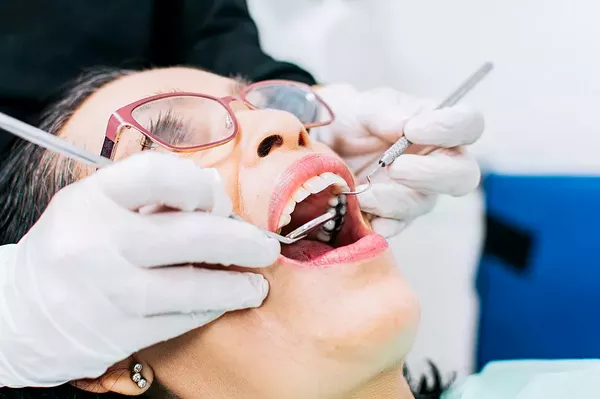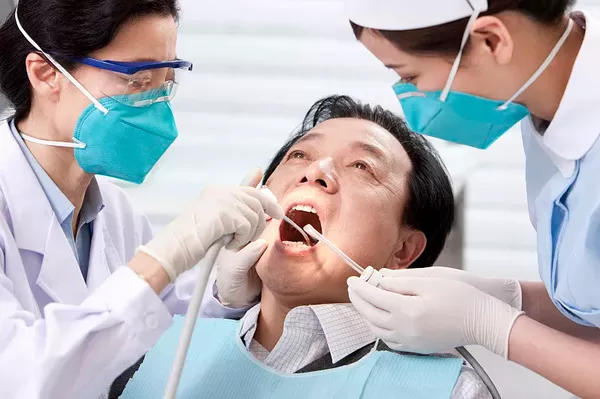A dazzling smile is often associated with confidence and good oral health. However, daily habits, dietary choices, and aging can lead to teeth stains that dim your smile’s radiance. The quest for a brighter smile has led to the development of various stain removal products, each claiming to be the best. In this article, we will delve into the common causes of teeth stains, explore different stain remover options, and discuss the factors to consider when choosing the most effective solution for your teeth.
Understanding Teeth Stains
Teeth stains can be categorized into two main types: extrinsic and intrinsic stains. Extrinsic stains occur on the surface of the teeth and are often caused by factors like smoking, consumption of staining foods and beverages, and poor oral hygiene. Intrinsic stains, on the other hand, develop within the tooth‘s structure and are usually a result of aging, certain medications, or excessive fluoride exposure during tooth development.
Common Causes of Teeth Stains
Dietary Habits: Foods and beverages like coffee, tea, red wine, dark-colored berries, and sauces can leave stains on teeth due to their pigments.
Tobacco Use: Smoking or chewing tobacco introduces tar and nicotine that can cause stubborn yellow or brown stains.
Poor Oral Hygiene: Inadequate brushing and flossing can lead to the accumulation of plaque and tartar, which can contribute to surface stains.
Aging: As we age, the enamel layer naturally thins, revealing the yellowish dentin beneath. This can lead to the appearance of stained teeth.
Genetics: Some individuals are genetically predisposed to having naturally darker or more translucent enamel, making them more prone to teeth staining.
Options for Teeth Stain Removal
Whitening Toothpaste: Whitening toothpaste contains mild abrasives and special agents designed to remove surface stains. They are a convenient option for maintaining a brighter smile but may not produce dramatic results.
Whitening Strips: Over-the-counter whitening strips are coated with a bleaching agent and are applied directly to the teeth. They can help lighten extrinsic stains, but results may vary.
In-Office Professional Whitening: This option involves visiting a dentist for a more potent whitening treatment. A high-concentration bleaching gel is applied to your teeth, and in some cases, a special light or laser is used to accelerate the process.
At-Home Professional Whitening Kits: Dentists can provide custom-fitted trays and professional-strength whitening gels for at-home use. These kits offer a balance between convenience and effectiveness.
Activated Charcoal: Some people use activated charcoal products to absorb surface stains. However, its effectiveness and safety are debated in the dental community.
Natural Remedies: Baking soda, hydrogen peroxide, and oil pulling are natural remedies that some individuals use for stain removal. However, these methods should be used with caution and under professional guidance.
Choosing the Best Stain Remover
Selecting the best stain remover for your teeth depends on various factors:
Type and Severity of Stains: Consider whether your stains are primarily extrinsic or intrinsic, as well as their severity. Intrinsic stains may require professional treatments for effective removal.
Time and Convenience: OTC products like whitening toothpaste and strips are more convenient but may require longer usage for noticeable results. In-office and at-home professional treatments offer quicker results.
Budget: Different stain removal options come with varying costs. OTC products are generally more affordable, while professional treatments can be more expensive.
Sensitivity: If you have sensitive teeth, some whitening methods might cause discomfort. Consult your dentist for guidance on the best option for your sensitivity level.
Consultation with a Dentist: Before pursuing any stain removal method, it’s advisable to consult your dentist. They can evaluate your oral health, discuss your goals, and recommend the most suitable option.
Factors to Consider
Effectiveness: Professional treatments tend to be more effective in delivering noticeable results, especially for stubborn stains.
Safety: Overusing or misusing whitening products can lead to enamel damage and tooth sensitivity. Professional treatments are often supervised by dental experts to ensure safety.
Longevity: Stain removal results are not permanent. Maintaining good oral hygiene and avoiding stain-causing habits can extend the longevity of your brighter smile.
Individual Variability: The effectiveness of stain removal methods can vary based on your individual dental characteristics and lifestyle factors.
Conclusion
A bright and white smile is a confidence booster, and there are various stain removal options available to help you achieve your desired results. Understanding the causes of teeth stains, considering the type and severity of your stains, and evaluating factors like budget and convenience will guide you in choosing the best stain remover for your needs. Whether you opt for whitening toothpaste, over-the-counter strips, professional treatments, or natural remedies, consulting your dentist is a crucial step to ensure safe and effective stain removal. With the right approach, you can restore your smile’s radiance and enjoy the self-assuredness that comes with it.
Related Topics:































